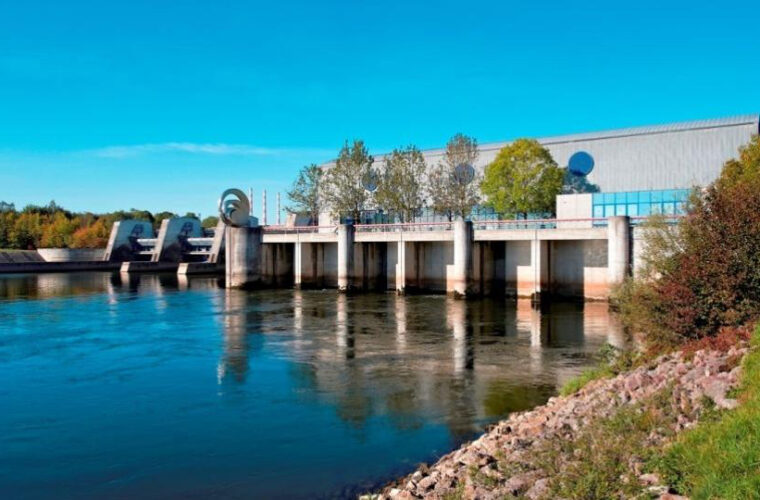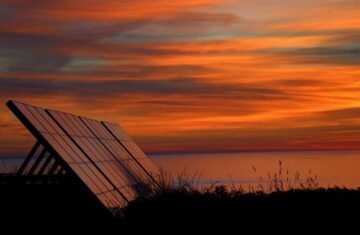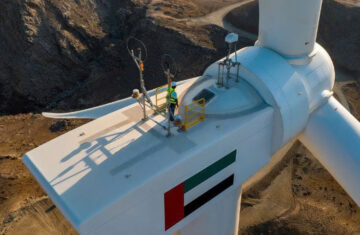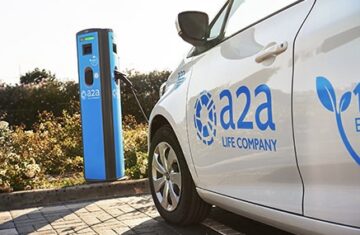The Role of Hydropower in Germany’s Renewable Energy Future
Germany’s Renewable Energy Landscape
Germany has long been at the forefront of the global transition to renewable energy sources. In 2022, renewable energy accounted for 46% of the country’s total electricity generation, surpassing fossil fuels for the first time. This milestone reflects Germany’s ambitious climate and energy policies, which aim to have renewable energy provide 80% of the country’s electricity by 2030.
Within this renewable energy mix, hydropower has played a significant role. As of 2021, hydropower accounted for 3.8% of Germany’s total electricity generation, providing a stable and reliable source of clean energy. While this may seem modest compared to other renewable sources like wind and solar, hydropower’s importance in Germany’s energy landscape should not be underestimated.
The Potential of Hydropower in Germany
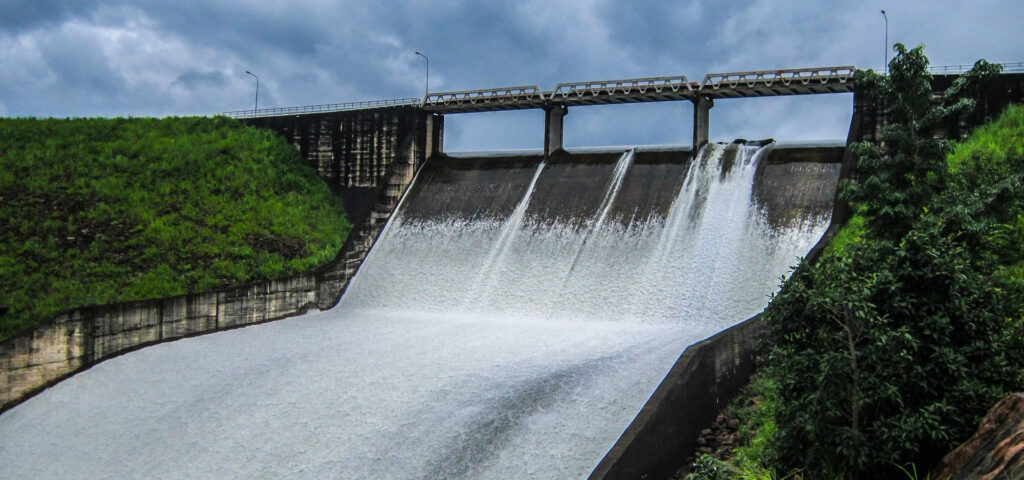
Installed Hydropower Capacity
According to the German Environment Agency, Germany had an installed hydropower capacity of 5,577 megawatts (MW) as of 2021. This capacity is spread across more than 7,700 hydropower plants, ranging from large-scale facilities to small-scale run-of-river projects.
The largest hydropower plants in Germany are located along the country’s major rivers, such as the Rhine, Danube, and Moselle. Some of the most significant hydropower facilities include the Iffezheim power plant (182 MW) on the Rhine River, the Rheinfelden power plant (121 MW) on the Rhine, and the Jochenstein power plant (124 MW) on the Danube River.
Hydropower Generation
In 2021, hydropower generation in Germany totaled 20.3 terawatt-hours (TWh), accounting for 3.8% of the country’s total electricity production. This figure represents a slight decrease from the previous year, which saw hydropower generation reach 21.5 TWh.
The fluctuations in hydropower generation are largely due to variations in precipitation and river flow rates, which can be influenced by weather patterns and climate change. During years with abundant rainfall and snowmelt, hydropower production tends to be higher, while drier years can lead to lower output.
Potential for Expansion

Despite the relatively stable contribution of hydropower to Germany’s energy mix, experts believe there is still potential for expansion. The German Renewable Energy Federation (BEE) estimates that an additional 1,000 to 2,000 MW of hydropower capacity could be developed in the country, primarily through the modernization and expansion of existing facilities.
Furthermore, the German government has set a target of increasing the share of renewable energy in the country’s total electricity consumption to 65% by 2030. Achieving this goal will require a multifaceted approach, and hydropower can play a crucial role in providing a reliable and predictable source of renewable electricity.
The Environmental Impact of Hydropower in Germany
Sustainability Concerns
While hydropower is generally considered a clean and renewable energy source, it is not without its environmental challenges. The construction and operation of hydropower plants can have significant impacts on local ecosystems, including disruptions to river habitats, changes in water flow patterns, and the potential for the displacement of local communities.
In Germany, there is a growing emphasis on the sustainable development of hydropower resources. The German Environment Agency has developed guidelines for the construction and operation of hydropower plants, focusing on minimizing environmental impact and maintaining the ecological integrity of waterways.
Mitigation Measures
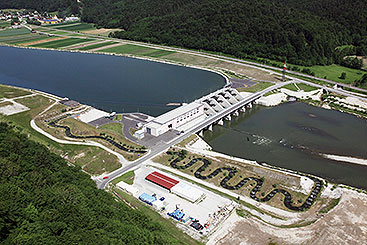
To address the environmental concerns associated with hydropower, German policymakers and industry stakeholders have implemented various mitigation measures. These include:
Ecological Flow Requirements
Hydropower plants are required to maintain a minimum ecological flow in the affected rivers, ensuring that the natural habitats and aquatic life are not unduly disrupted.
Fish Passage Facilities
Many hydropower plants in Germany have been retrofitted with fish ladders and other passage mechanisms to allow migratory fish species to navigate around the dams.
Habitat Restoration
Efforts are underway to restore and rehabilitate river habitats that have been impacted by hydropower development, with a focus on enhancing biodiversity and ecosystem resilience.
The Role of Hydropower in Germany’s Energy Transition
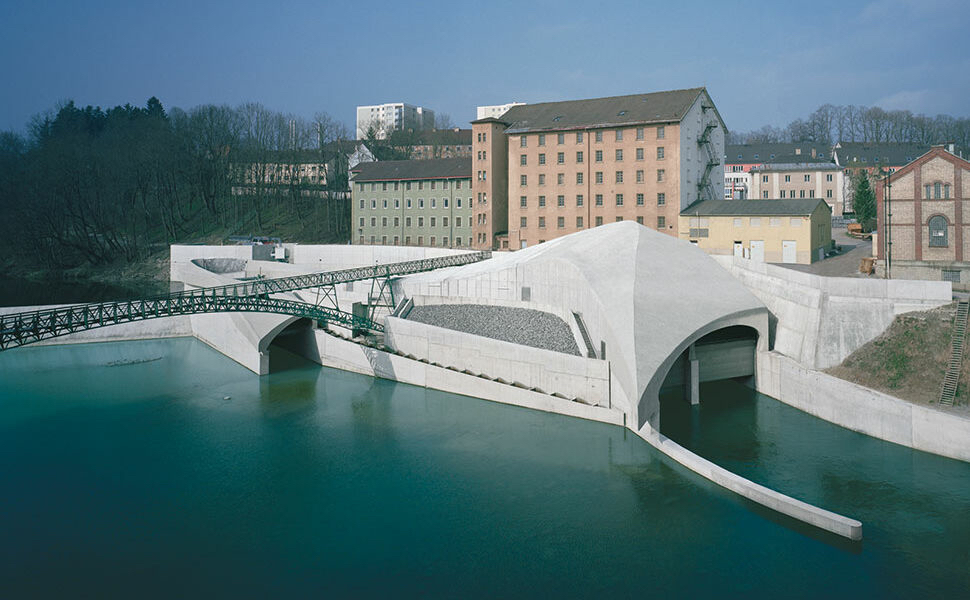
Complementing Intermittent Renewables
Hydropower’s ability to provide a reliable and flexible source of electricity makes it a valuable complement to other renewable energy sources, such as wind and solar, which can be more intermittent in nature.
During periods of low wind or solar generation, hydropower can be quickly ramped up to meet the shortfall in electricity supply. Conversely, when wind and solar are generating surplus electricity, hydropower plants can be used to store this energy through pumped storage systems, which can then be released when needed.
Grid Stabilization
Hydropower plants can also play a crucial role in maintaining the stability and reliability of Germany’s electricity grid. Their ability to quickly adjust their output in response to fluctuations in demand and supply helps to balance the grid, ensuring a continuous and reliable supply of electricity.
Economic Benefits
The hydropower industry in Germany also provides significant economic benefits, including job creation, tax revenues, and the development of local communities around hydropower facilities. According to the German Renewable Energy Federation, the hydropower sector employs around 20,000 people in the country.
Challenges and Future Outlook
Regulatory Hurdles
One of the main challenges facing the expansion of hydropower in Germany is the complex regulatory environment. The construction and operation of hydropower plants require numerous permits and approvals from various government agencies, which can often be a lengthy and bureaucratic process.
Environmental Concerns
As mentioned earlier, the environmental impact of hydropower is a significant concern, and the industry must continue to work with policymakers and stakeholders to address these issues effectively.
Climate Change Impacts

Climate change poses another challenge for the hydropower sector in Germany. Changing precipitation patterns and the potential for more frequent droughts could lead to fluctuations in river flow rates, which could impact the reliability and predictability of hydropower generation.
Technological Advancements
Despite these challenges, the future of hydropower in Germany remains promising. Ongoing technological advancements, such as the development of more efficient turbines and the integration of hydropower with other renewable energy sources, are expected to enhance the sector’s competitiveness and sustainability.
Conclusion
Hydropower has been a vital component of Germany’s renewable energy landscape for decades, providing a stable and reliable source of clean electricity. While its share of the country’s overall energy mix may be relatively modest, hydropower’s role in complementing intermittent renewable sources and maintaining grid stability cannot be overstated.
As Germany continues its ambitious push towards a sustainable energy future, the hydropower industry will need to navigate a complex regulatory environment, address environmental concerns, and adapt to the challenges posed by climate change. However, with a commitment to innovation, collaboration, and a focus on sustainable development, hydropower can continue to play a crucial role in powering Germany’s transition to a low-carbon economy.
